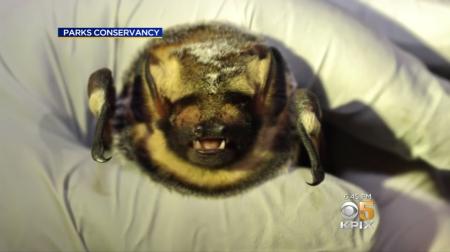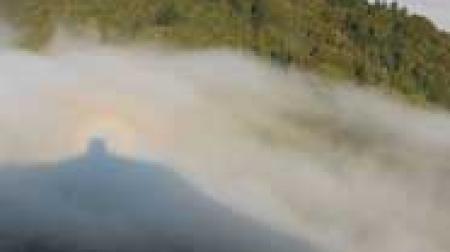Progress for Monarch Butterflies
Image: Can you spot the monarch butterfly egg on this native milkweed plant? Photo: Nicolette Michel/Parks Conservancy
We saw an egg! (A monarch butterfly egg, that is.) For two years we’ve been working to enhance monarch butterfly breeding habitat at Mt. Burdell by planting native milkweed and nectar plants. At one site, Joske Grove, we hadn’t seen any eggs since we began monitoring monarch butterfly breeding activity in 2022. The exciting find follows last year’s first adult monarch sighting there. This may be an indication that our enhancements are indeed supporting the butterflies. At another enhancement site near San Carlos Way, where we had already observed breeding activity (31 eggs were counted there so far this year), there has been a 66% increase in narrowleaf milkweed plants over the last two years according to our data. Thanks to all our volunteers who have come out to help us plant—your support is making a difference for monarchs!
As we await the monarchs’ return to overwintering grounds, this year we’ve also made progress on improving habitat at two national park sites where monarchs are historically known to overwinter, Fort Baker and Stinson Beach. We completed native tree planting and care at Fort Baker, and we’re drafting plans and meeting with partners about approaching this work at Stinson Beach. As in past seasons, community science counts in the fall and winter will document the monarchs’ use of these areas and inform efforts to help them.
Our project is supported by the Wildlife Conservation Board with funds from Prop 68.


